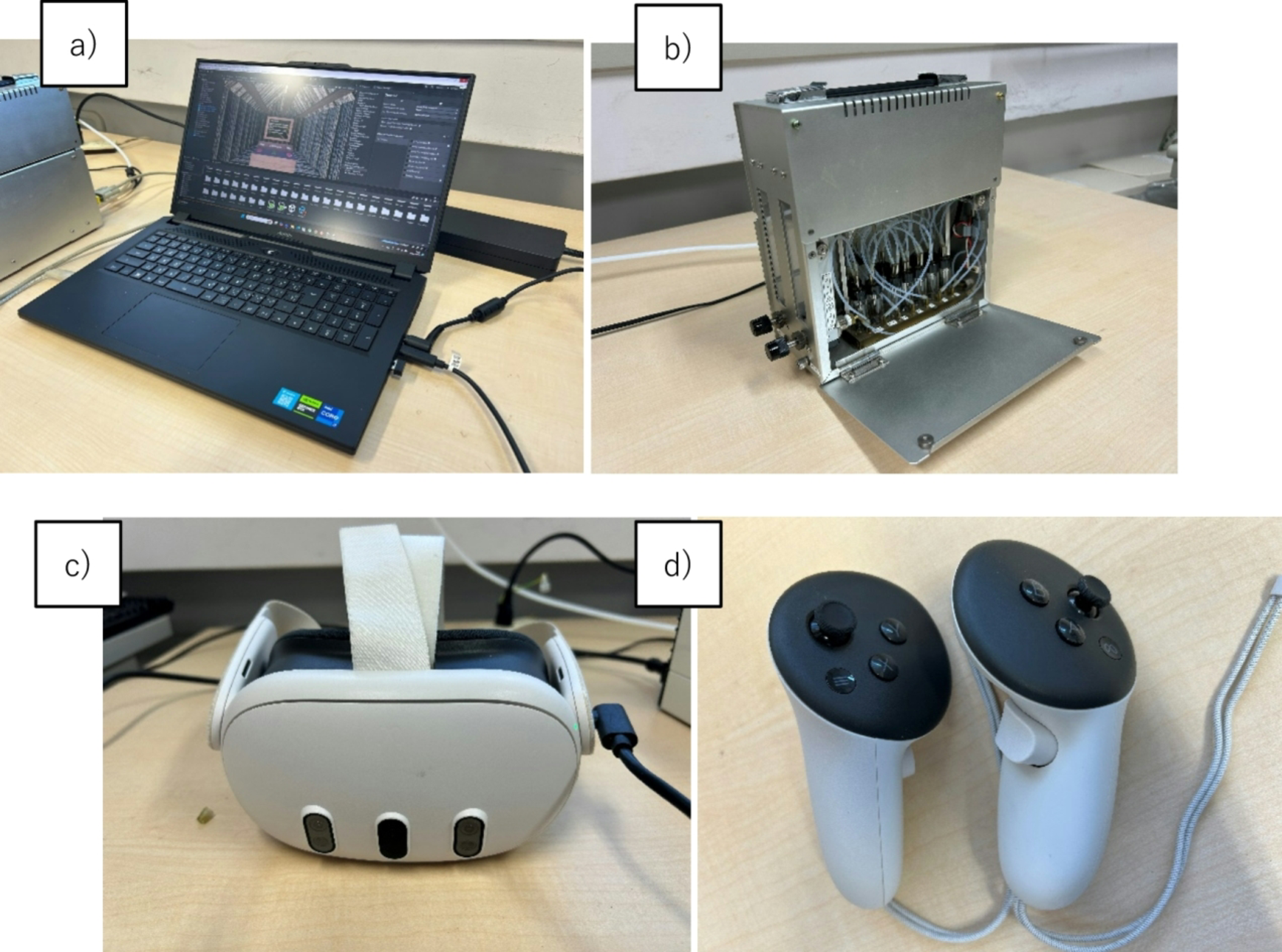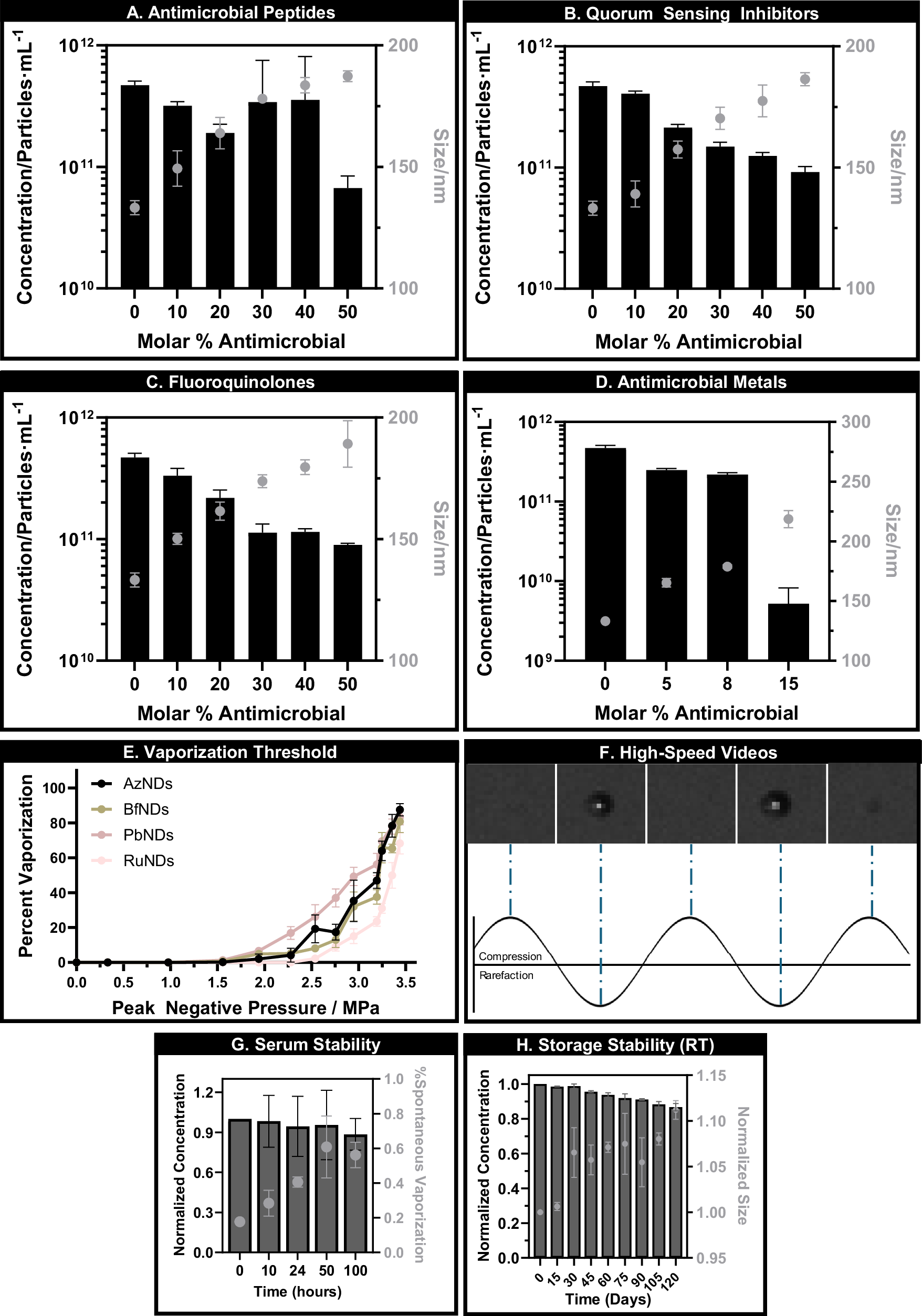2025-04-22 京都大学
<関連情報>
- https://www.kyoto-u.ac.jp/ja/research-news/2025-04-22
- https://www.kyoto-u.ac.jp/sites/default/files/2025-04/web_2504_Sowa-2f2abcc7161ec998be2be4d6d20b0562.pdf
- https://pubs.acs.org/doi/10.1021/acscatal.4c07978
線形自由エネルギー関係に基づく切断型アルデヒド脱水素酵素の触媒反応の定量的解明 Quantitative Elucidation of Catalytic Reaction of Truncated Aldehyde Dehydrogenase Based on Linear Free Energy Relationship
Konatsu Ichikawa,Taiki Adachi,Yuki Kitazumi,Osamu Shirai,and Keisei Sowa
ACS Catalysis Published: April 18, 2025
DOI:https://doi.org/10.1021/acscatal.4c07978
Abstract

Some oxidoreductases can communicate directly and electrically with electrodes; this process is called direct electron transfer (DET)-type bioelectrocatalysis. Understanding its detailed mechanisms is essential for developing and improving DET-based bioelectrochemical devices. In this study, we investigated the pH dependence of kinetic and thermodynamic characteristics of a variant of an aldehyde dehydrogenase (ALDH) without the cytochrome c subunit (ΔC_ALDH) and compared it with that of a wild-type recombinant ALDH (rALDH). Owing to the pronounced DET activity of ΔC_ALDH at multi-walled carbon nanotubes, the voltammograms were analyzed to obtain the enzymatic parameters. The potential difference between the electrode-active site of the enzyme and electron donor (E°′E – E°′D) and the limiting catalytic current density (jcat) exhibited an ideal linear free energy relationship (LFER), suggesting that the catalytic reaction of ΔC_ALDH was controlled by the thermodynamic driving force without any specific interactions. We also measured the ferricyanide reductase activity in solution (ksol) to investigate the effect of electron acceptors (electrode and ferricyanide) on the enzymatic properties. The ksol of ΔC_ALDH has a pH dependence similar to that of jcat; therefore, the experimental data were kinetically analyzed based on the LFER by considering the potential difference between the electron acceptor and electrode-active site of the enzyme (E°′A – E°′E). By integrating the analytical results obtained from the DET-type acetaldehyde oxidation using an electrode and ferricyanide reduction in solution, the catalytic constant for the DET-type bioelectrocatalysis (kDET) and the surface concentration of the effective enzyme immobilized on the electrode (ΓE,eff) of ΔC_ALDH were calculated to be 5000 ± 2000 s–1 and 13 ± 7 pmol cm–2, respectively. This study achieved a detailed evaluation of the multi-step catalytic reactions of redox enzymes and can help elucidate the reaction mechanisms of DET-type bioelectrocatalysis.


